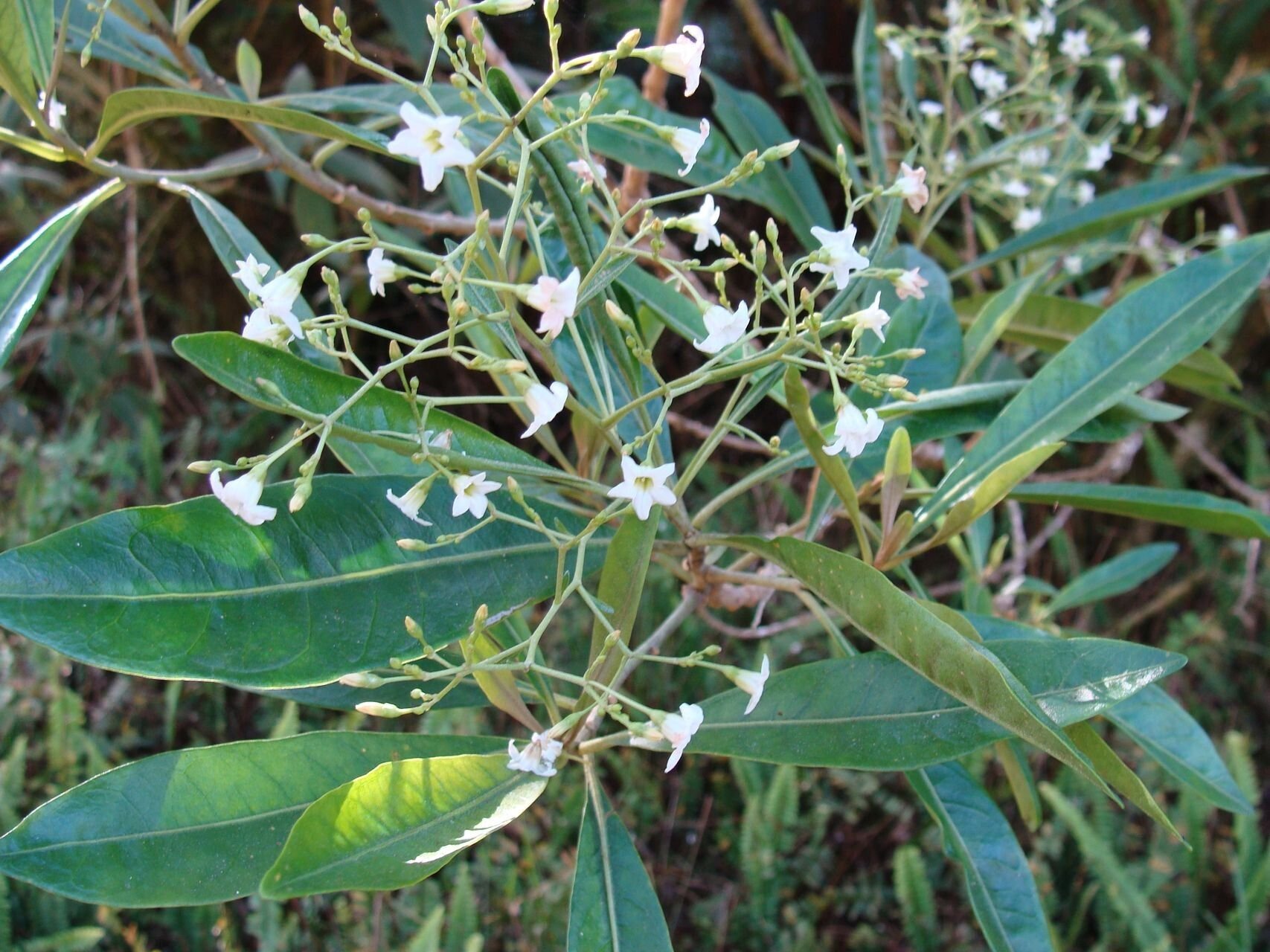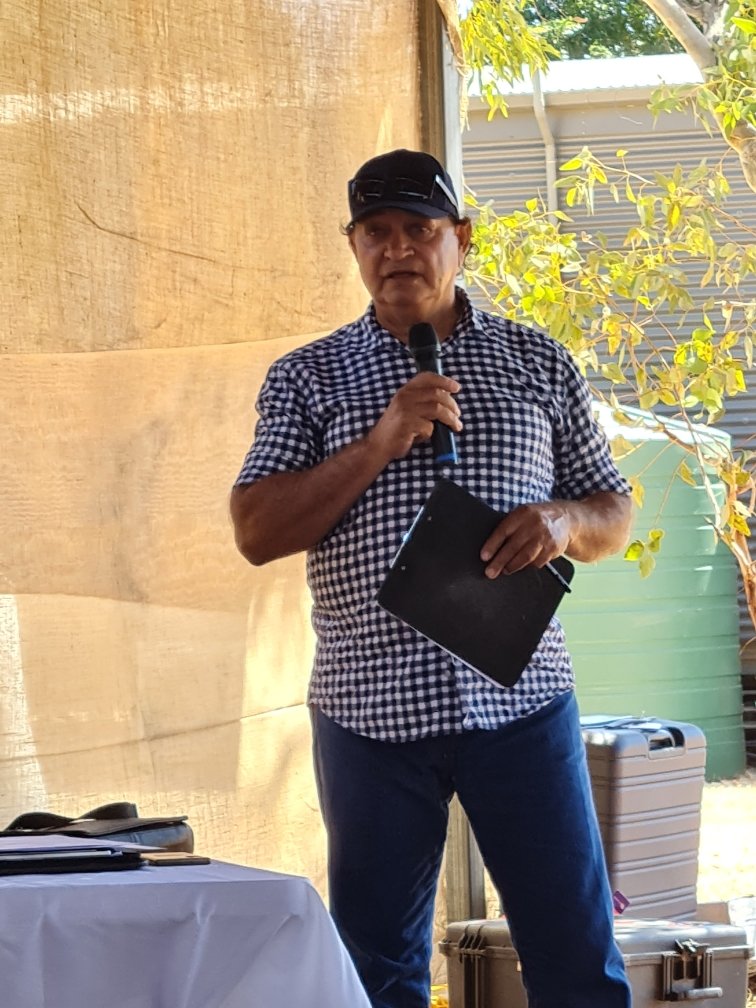
Historical and Contemporary use of Bush Medicine
Aboriginal Peoples have traditionally used bush medicine as part of a holistic approach to healing and wellness, and expression of culture. Bush medicine represents a form of self-sufficiency and control over their health and wellbeing.
In remote regions where access to modern medical facilities can be limited and expensive, traditional practices offers accessibility. Not only are plants used for bush medicine they are also used for bush tucker and ceremonies thus the need and urgency to protect them.
The communities’ remedies and uses of the plant are dependent on the geographic location of the community. It is important to remember that prior to colonisation, the Aboriginal communities were living self-sufficiently for at least 65,000 years. When the British came to Australia, Aboriginal communities were exposed to tuberculosis, influenza and smallpox which eradicated many communities, this saw the beginning of cultural dislocation.
Historical Use of Bush Medicine
For thousands of years Traditional Knowledge on the plants medicinal capabilities have been passed down through the generations of Aboriginal communities by Dreaming stories, orally and paintings. Typically, the plants were broken down and used externally to create rubs or vapours, however some were ingested. Bush medicine supports their physical, emotional, spiritual and social wellbeing thus strengthening their bond with the land.
Eucalyptus Oil
Eucalyptus Oil is derived from the Eucalyptus tree and with over 800 species the tree is spread across the Australian mainland. Aboriginal communities use the tree for different purposes. The eucalyptus was used for a variety of ailments such as diarrhoea and gastrointestinal problems. Along the Murray River the Ngarrindjeri peoples has long used the bark of the tree to make canoes for fishing, as well as creating spear throwers from the hard wood of the tree (Australian National Botanic Gardens, 2024). Each community has different names for the different species of eucalyptus, for example the Dharawal name for Eucalyptus crebra, commonly known as the narrow-leaved ironbark is Muggago and the Noongar name for Eucalyptus macrocarpa is Mottlecah (Wildlife Fund Australia, 2023).
Nowadays the eucalyptus tree has been incorporated into Vicks Vaporub, Listerine, Mentholatum and household cleaning products such as Bosistos Eucalyptus Solution. Therefore, the Eucalyptus tree properties has been widely used due to its ability to treat illnesses among other things.
Vicks VapoRub (2025)
Vicks VapoRub is predominantly made up of eucalyptus oil, it acts as an ointment that when rubbed on the chest and throat it eases a cough.
Bosisto’s Eucalyptus Solution (2025)
Bosisto’s Eucalyptus Solution is a household cleaner and acts as a deodoriser that cleans and freshens naturally.
Listerine Freshburst (2025)
The Eucalyptus is an essential oil in Listerine for its antibacterial properties allowing for a healthier mouth
Eucalyptus Tree leaves (N.D)
Eucalyptus Tree leaves (N.D)
Duboisia myoporoides
The Duboisia myoporoides is a shrub/tree found in Eastern Australia; it resides in areas where high rainfall occurs. Historically, the plant has been used by communities living in Central Australia, the leaves from the trees are burned and inhaled during ceremonies, such as male initiation rites including circumcision, because of the anaesthetic properties (Rankmore, N.D). Duboisia leaves contain a drug called hyoscine which is known to mitigate motion sickness and stomach pains (Australian Broadcast Corporation, 2021). The plant’s leaves have been incorporated into medicines such as Buscopan and Kwells making it a highly sought after plant due to its medicinal properties.
Buscopan helps relieves stomach pains by helping the digestive system and bladder to relax.
Buscopan IBS Relief (2025)
Kwells is a solution for motion sickness by reducing symptoms of nausea and dizziness.
Kwells Travel Sickness (2025)
Duboisia Myoporoides (N.D)
Duboisia Myoporoides (N.D)
For thousands of years the Melaleuca alternifolia, Tea Tree, has had its oil extracted by communities along the Northeast of NSW. Historically, the communities would compress the leaves to inhale to treat commons colds, additionally the tree’s bark and leaves were used as an antiseptic for cuts and wounds as well as to help with anxiety (Lotter, 2024). When the leaves would fall into lakes, they would slowly ‘stew’, and this would create what is known as ‘healing lakes’ (World Wildlife Fund Australia, 2023).
The Tea Tree oil is significant to the Bundjalung women, as the ‘healing lakes’ were often sacred womens places that were used for child birthing ceremonies (World Wildlife Fund Australia, 2023). The Bundjalung women have an inextricable bond to the Tea Tree reported by Phillip Prather, Chair of the Australian Tea Tree industry, he further says “If the trees are doing well, all the plants are doing well, the people are doing well” (Doolan, 2023).
While the tree’s properties are still being used by the Aboriginal communities, it has popped up in mainstream products such as Palmolive Anti-Dandruff Two-in-One Shampoo and Conditioner, skin control pimple patch and The Body Shop Tea Tree Range. These modern applications of the Tea Tree highlight the multifaceted use of properties contained in the tree.
Tea Tree Oil
Tea Tree, (N.D)
Tea Tree oil, (N.D)
The Tea Tree oil in these patches offer an effective and gentle alternative to cleanse and protect pimples
Skin Control Pimple Patch (2025)
Tea Tree Healing Lakes (N.D)
The Tea Tree range in the Body Shop aims to target blemishes on your body, leaving the skin feeling clean and refreshed.
Body Shop Tea Tree Skin Cleansing (2025)
Many Aboriginal communities continue to practice bush medicine today, and it is their enduring knowledge that drives many of the remedies we use today.
Contemporary Use of Bush Medicine
Colonisation and government policies suppressed the speaking of Aboriginal Peoples languages, thus denying cultural practices and subsequently many languages were lost due to the inability to orally transmit Traditional Knowledge, needed for ceremonies, bush food and medicine.
In modern settings, while many of the traditional practices are still in use, there has been a shift towards integrating these practices with Western medicine.
Tharawal Aboriginal Medical Service in south‑west Sydney blends GP clinics, chronic‑disease programs and smoking‑ceremony healings in a single, culturally safe hub.
Tharawal Aboriginal Corporation (2025)
Aṉangu Ngangkaṟi Tjutaku Aboriginal Corporation (2025)
Aṉangu Ngangkaṟi Tjutaku Peoples of South Australia have created the Ngangkaṟi clinic where recognised healers treat Aboriginal and non‑Aboriginal clients one‑on‑one, often alongside visiting doctors.
Contemporary bush medicine has been altered to ensure its protection and safety for future uses. Wendy Lotter from Platypus Dreaming has noticed that “far too many people are aware of their [plants] locations”, which has seen the desecration of many plants, to maintain the “bush medicine trees, scrubs and grasses we don't inform them anymore this is due to protecting our environment for the next generations.”
Therefore, highlighting bush medicine has been altered over time due to different influencing factors.
Spinifex Plant - Case Study
The Spinifex plant is an example where Aboriginal Peoples bush medicine has adapted and changed whilst demonstrating a positive case of bioprospecting.
Spinifex (Triodia species) covers roughly one‑third of Australia’s arid interior, growing on low-nutrient soils of sand plains and rocky low mountain ranges (Bio.mq, N.D).
Spinifex plant in the desert, 2010
Spinifex grass rings, 2021
“Our people used spinifex for thousands of years, weaving it for shelters and to carry things, and using its wax and oils to attach spearheads and so on, and even for treating wounds”
Today, this Traditional Knowledge is now being adopted in a cutting‑edge bioprospecting venture. In partnership with the University of Queensland, Indjalandji‑Dhidhanu harvest spinifex to extract ultra‑fine cellulose fibres and bio‑resins (University of Queensland, N.D).
Harvesting for the Spinifex plant in western Queensland, (N.D)
“It is creating jobs for local Aboriginal people right across the production line ”
The plant was originally used by scientist to reinforce latex and rubber products however it has now been discovered that it has medicinal purposes that when transformed into a gel paste it is believed to treat conditions such as arthritis. This discovery can also create more jobs for Aboriginal Peoples in the STEM industry.
“For thousands of years, spinifex was a building block for the Aboriginal societies in the desert; now it will continue to play a role in advancing local Aboriginal communities through business and employment opportunities”
Therefore, the spinifex plant highlights the development of its use historically to its contemporary use in the modern day. This project is a model for the ethical practice of bioprospecting.
Indjalandji-Dhidhanu Elder and Adjunct Associate Professor Colin Saltmere, (N.D)



















